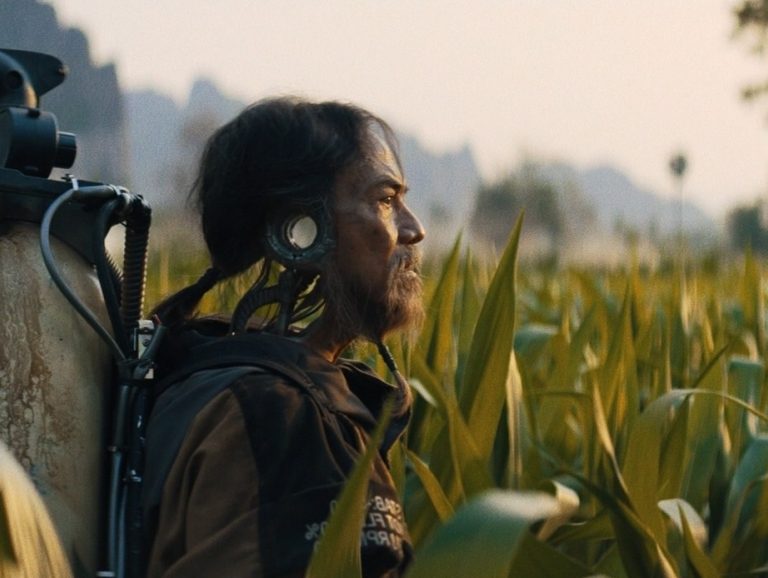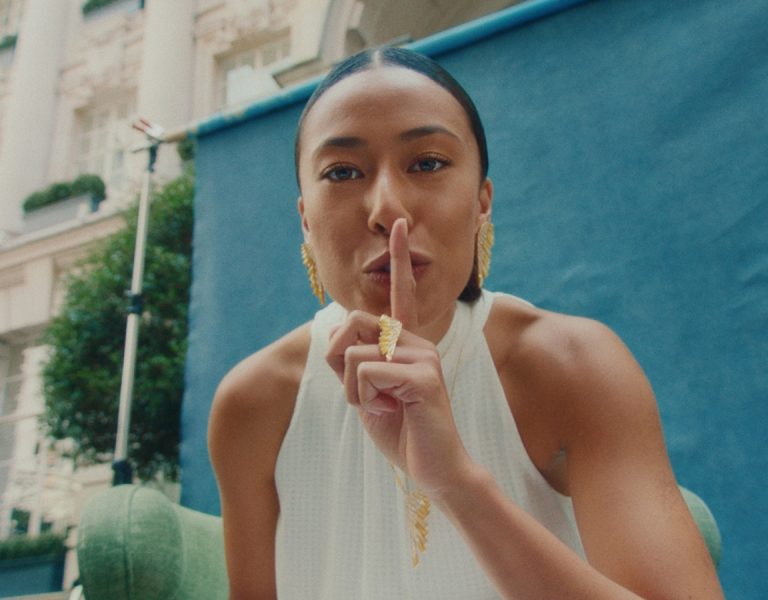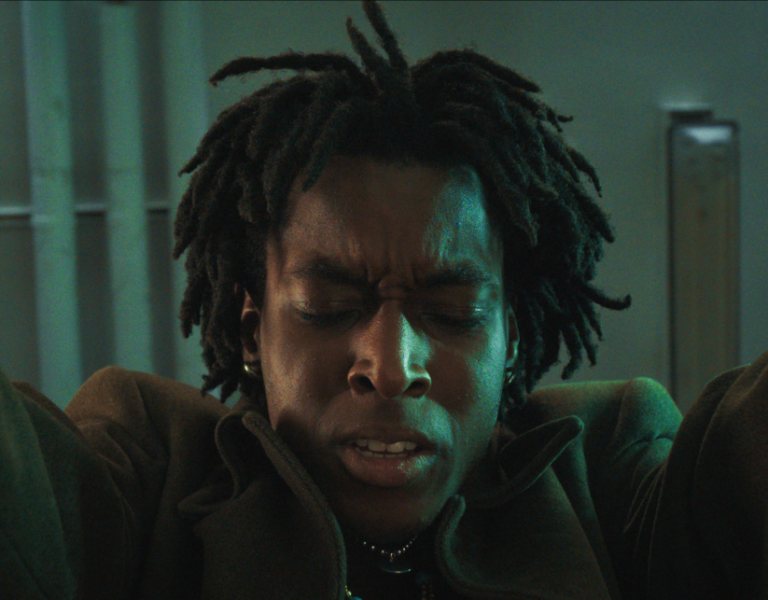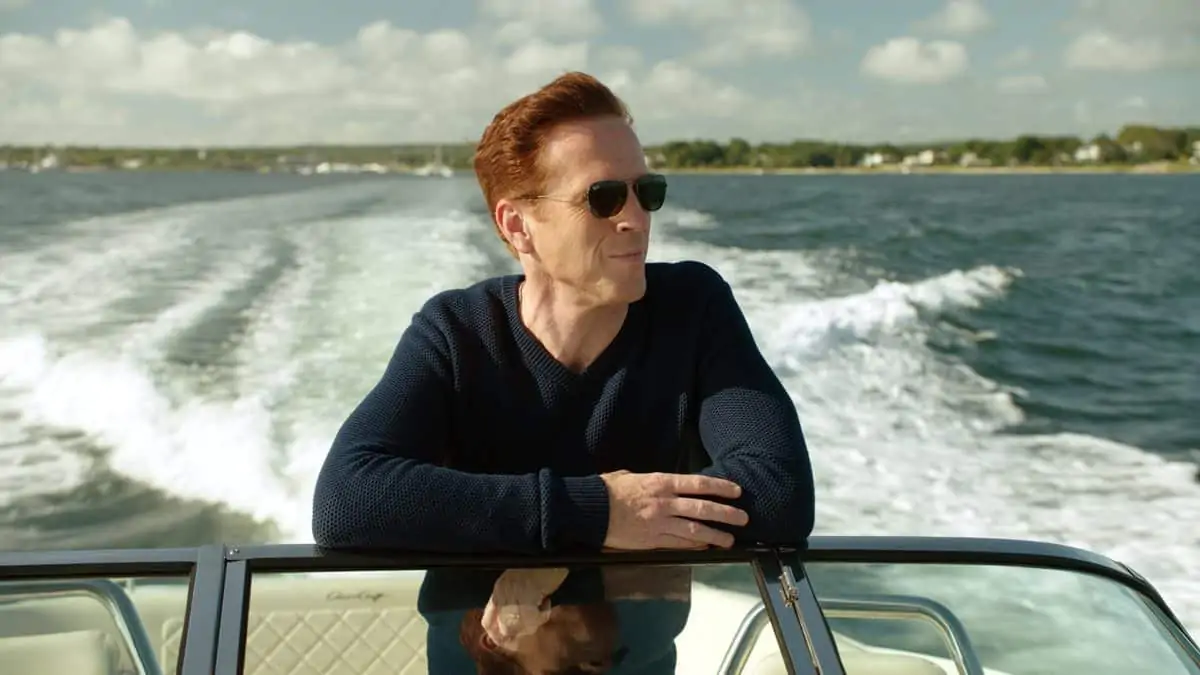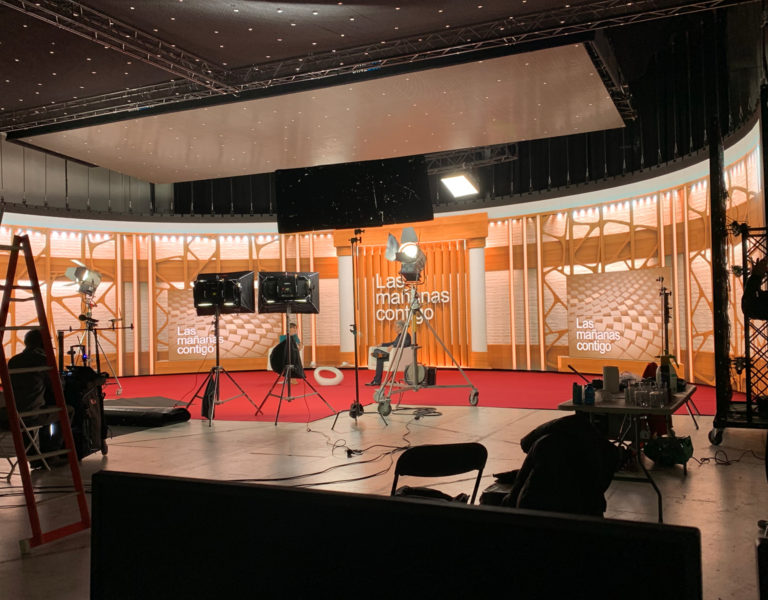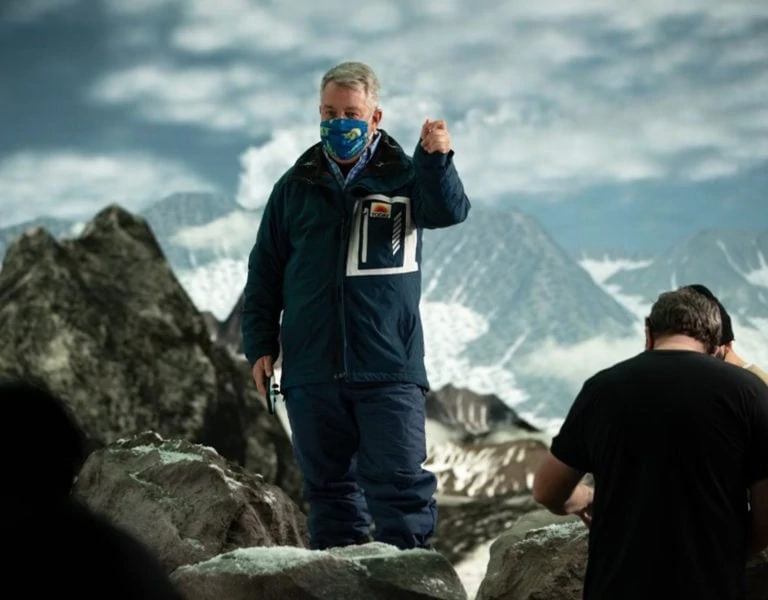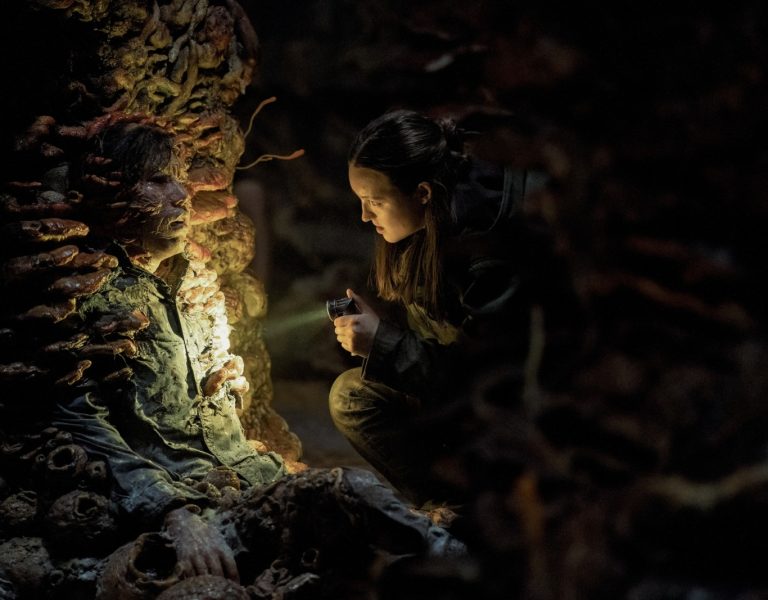Cinematographer Jake Duncan headed to Spain’s Almería to lens family drama Resort, aiming for a naturalistic look while dealing with the challenges of shooting in direct sunlight.
After mum’s most recent psychotic episode, a dysfunctional family of three tries their hardest to holiday together in Resort. Joss (26) gets naked at the poolside in front of an old guy, Pat (19) ditches breakfast to masturbate and Isabelle (50) wanders the hotel grounds late at night. Failing to save each other, the three women are left with little else to do but sit in uncertainty together.
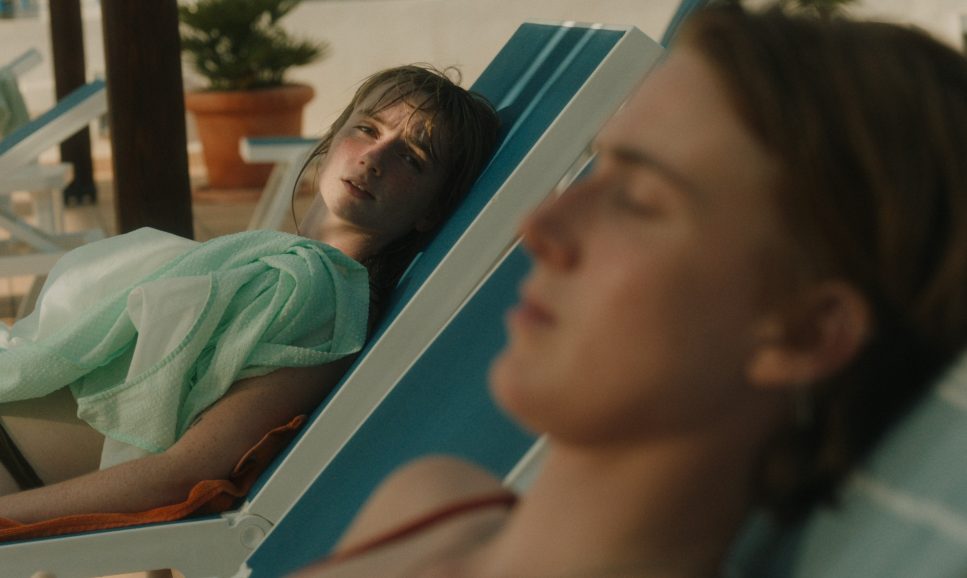
British Cinematographer (BC): Why did you decide to study cinematography? Please tell us a little bit about your filmmaking journey so far, as well as your influences and inspirations.
Jake Duncan (JD): I developed an interest in photography when I was a teenager, parallel to a short-lived YouTube career that ended when I was 19.
I studied film at A level and did an undergraduate in film production. I always gravitated towards camera, but when you’re at undergraduate level everyone wants to be a DP. I found that oddly discouraging and explored different avenues for a while: I dabbled in animation, I made a few stop-motion films.
When I started working as a camera trainee, I developed a bit of confidence and a couple of very kind and encouraging DPs were able to give me some advice. I started shooting whatever I could get my hands on in my early twenties, including a lot of contemporary dance films, a few music videos, and a few shorts. I applied to the NFTS with a medieval film that mostly took place in a cupboard and a piece commissioned by the Birmingham Royal Ballet. I managed to blag my way in on the second try.
In terms of influences and inspirations, I would say that Festen is my favourite movie. I saw it when I was 20 and studying for my undergraduate and it had an enormous impact on me. I was around a lot of very confident film theorists at my university and getting a bit intimidated by the academic approach people seemed to be comfortable in. Festen stripped back a lot of the pretentiousness I deemed to be important and showed how you can make something masterful with a Sony Handycam, provided you feel something for the story you’re telling. Anthony Dod Mantle ASC BSC DFF’s operating still blows my mind.

BC: What were your initial discussions with director Chanelle Eidenbenz about the visual approach for your film? What look and mood were you trying to achieve?
JD: It was important to Chanelle that we didn’t have any camera movement that was too crafted. No tracks, no jibs, no Steadicams. I brought a slider with us but we never used it. La Ciénaga and Home were inspirations. Home’s aesthetic in particular was a big influence when it came to idyllic scenes punctured by reality.
For a while we were toying with the idea of a more abstract night scene when Joss disappears and there’s a fear of her psychosis returning. We looked at work from the likes of Man Ray, Herb Ritts and Lei Davis but we decided against it, as tempting as it was to do something weird, it wasn’t necessary for the story.
BC: What were your creative references and inspirations for your film? Which films, still photography or paintings were you influenced by?
JD: I pulled together a lot of photography references in the early discussions about this film. I looked at a lot of work from Guy Bourdin and Martin Parr, pictures taken at sunny holiday destinations but capturing absurd and very human occurrences within these spaces.
Changes in perspective was something that we discussed in detail, as the film is evenly told through the point of view of the three protagonists. This took me down an abstract path and I was looking at a lot of Bill Brandt images, this isn’t something that made it directly into the film, however. I also had a big selection of Nan Goldin portraits for the interior scene references.
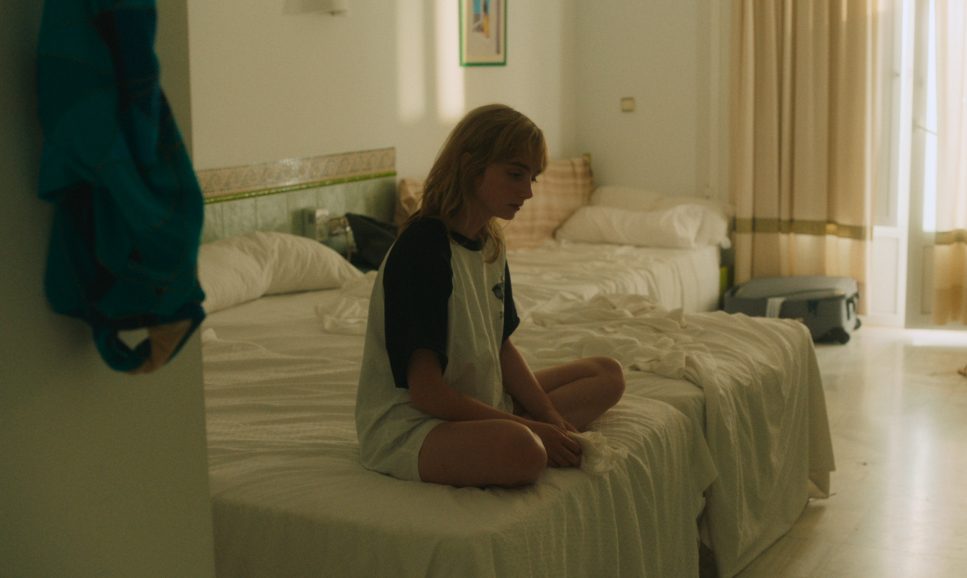
BC: What filming locations were used? Were any sets constructed?
JD: We shot exclusively on the one holiday resort in Almería, Spain. We were able to go for a recce a few weeks in advance and scouted the whole place for five days, took a few hundred photos and decided on the spaces we really liked.
We were lucky we got there so early because it gave Chanelle the time to incorporate the locations into the script.
BC: What camera and lenses did you choose and why? What made them suitable for this production and the look you were trying to achieve?
JD: We had the choice between the ARRI Alexa Mini and the Sony Venice to rent from the school, and we chose the Alexa for a few reasons. Firstly, it didn’t feel like the large format look would fit our story, although the difference is subtle, I felt that S35 would allow more closeness with the actors.
There were also big practical advantages to the Mini. I knew that we would be mostly handheld, we had a lot of location changes, and it was going to be very hot, so we wanted to be as light on our feet as we could. A heavier body would have had a big cumulative effect over the course of the six days.
For the lenses my instinct was to lean into a slightly cleaner image – I knew we were going to be out in direct sunlight for much of the film, and with the lack of control in those sorts of environments it’s tempting to go with lenses with a very strong signature, but the locations were so distinct that I didn’t feel that I needed to. We were very kindly lent a set of Leitz Summilux-C lenses from Sunbelt Rentals. Panavision were able to lend us a few diffusion filters too.
I really loved the rendering of higher contrast, harsher environments that I had seen from Leica photography lenses in the past. I felt that it was something that would fit the film really well. We used low contrast filters and a very light Hollywood Black Magic filter to add a touch of soften and bloom to the image. I was really pleased with the combination.
The ergonomics of the Summiluxes were a huge help. The form factor and front diameter being the same across the set saved us a lot of time during the more intense moments. The close focus was great and it was a reassurance having lenses so fast that stayed consistent when opened up. We went down to between T2 and T2.8 for the night exteriors, and there’s even a shot on the film that was T1.4 1/2. It was great to have that flexibility.

BC: What was your general approach to lighting?
JD: We were aiming for a naturalistic look that gave a lot of room to the actors. For the exterior scenes the only thing we could really do was neg when possible and redirect the light with an 8×8 ultra bounce, polys and some CRLs that were kindly lent to us from Greenkit, which were really useful for giving a hard edge to characters outside. We tried to make the sun work for us as best we could. We scheduled scenes to maintain a sidelight on the cast and diffused when necessary. The Helios app got a lot of use on this film.
For interiors we didn’t have an enormous time to fine tune scenes because of the number of locations, so it was predominantly broad strokes through windows in the form of small HMIs, Gemini 2×1 panels and the CRLS reflectors. This also aided the freedom of movement both with camera and cast.
We had an Aputure with a projector lens with us to cut some shapes onto walls and some Dedo reflectors to add some dapple to flatter surfaces. We also made a lot of use of walking key lights on poles – we had a Rosco Dash with the dot accessory for a bit of moonlight ambience for some of the exterior night scenes.
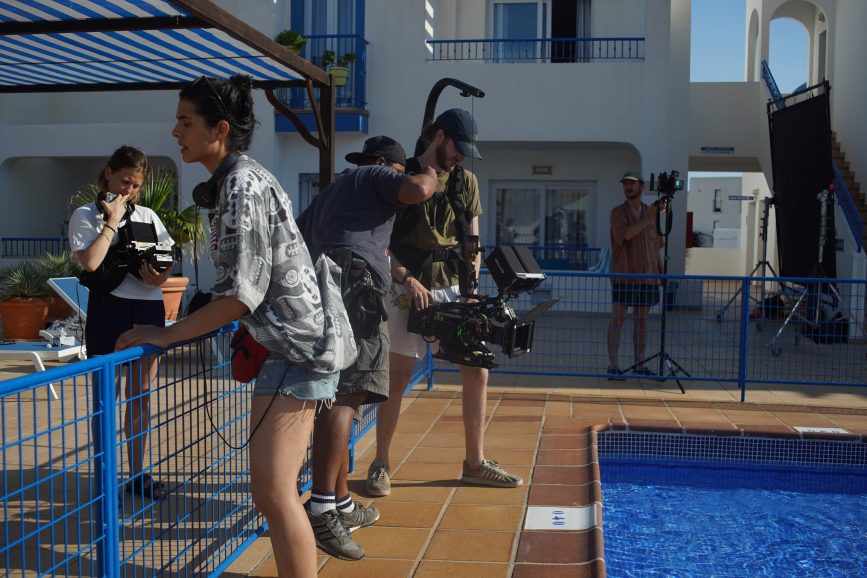
BC: What was the trickiest scene to light?
JD: The scenes in the bedroom were a bit of a headache, particularly the longer dialogue scene between Joss and Pat. White walls coupled with a large single window source in a long skinny room didn’t leave a lot of flexibility, especially as we were short on time. We made it work though! Chanelle and Yiwei Pu, our editor, did a great job piecing it together.
BC: Who did the grade and what look did you want to achieve?
JD: Mara Ciorba at CHEAT kindly hosted us for a few days. She’s a recent graduate of the school and I’d been dying to work with her for a while. We were deliberating on whether to bring out the vibrancy of the space or go for a more subdued, low contrast pastel look. We decided on the former and I’m glad that we did. Chanelle wanted to make sure that there was a feeling of unease underneath the bright images and I think we managed to retain that.
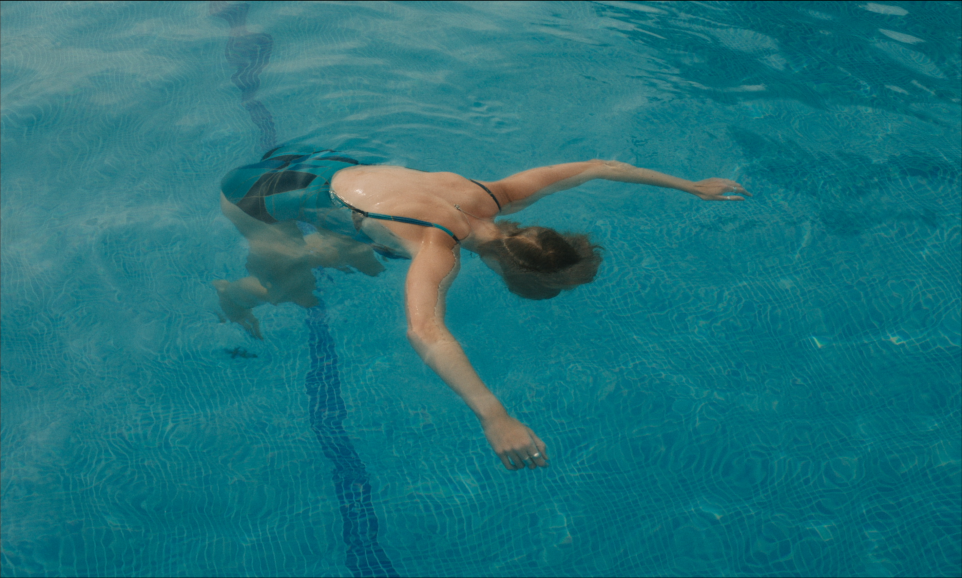
BC: What is your proudest moment from the production process?
JD: Making it back in one piece! The boom operator and I drove the kit van back from Almeria, which was a 45-hour trip including the ferry.
The last day ended well, it was a night shoot and it was quite dense. We had a lot of location moves and people were starting to fatigue after six straight days of shooting, but we got everything shot and a lot of my favourite moments from the film were captured on that day. We wrapped on the beach at 5am and had our wrap party as the sun was coming up. I was in the sea at sunrise and this bird flew out from the mainland, it fell into the water just in front of me and swam into my hands. It was all very surreal.
BC: What lessons did you learn from this production that you’ll take with you onto future productions?
JD: Fight for as much time with your director as possible in prep – we were in the first shooting block for the NFTS grad shoots so comparatively we didn’t have a lot of prep time before the shoot. It was easy to be distracted with the many logistical tasks that needed tending to in order to get us all to Spain. In the future I’m going to make sure I cut through the noise and insist on more time going through script and the visual approach with the director.
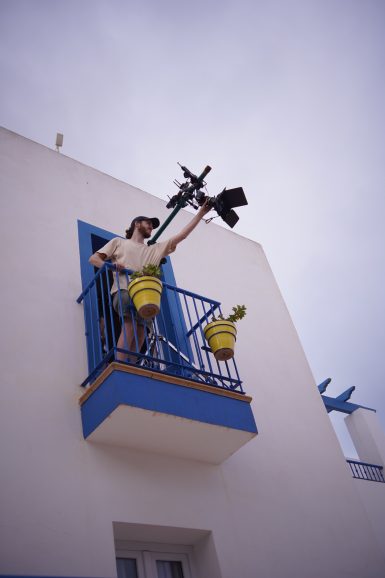
BC: What would be your dream project as a cinematographer?
JD: I love the potential for variety of work afforded to you as a cinematographer, but I suppose my dream is everyone’s dream which is indie features. My favourite films vary in visual style and genre. My dream would be to work on a feature length story that I love and resonate with deeply, with a director who is both a visionary but is open to collaboration. If I could shoot anything close to On Body and Soul, A Prophet or Beau Travail it would be amazing.
In terms of techniques I want to try out, I’d love to shoot something on 16/35mm where I had the time and resources to play with time manipulation. City of God or even something like the early ‘00s ultra-contrasty action approach; Man on Fire is great fun to watch. Something with absolute chaos involved but still crafted and controlled so that it’s justified by the story. That would be a lot of fun.
BC: Is there anyone not yet mentioned that you’d like to highlight?
JD: There was a brilliant crowd of people on that shoot. The camera and lighting team were amazing: first AC Oscar Mills and second AC Charlie Hudson, as well as gaffer Sudiardi Bin Sudyono and sparks Jose Antonio and Jessica Rosell. It was a really physically demanding shoot and everyone was in such good humour throughout. I felt really supported by them.
The AD team were phenomenal. We had a great producer, great production manager, great PA, great sound guys… Our production designer was by himself and did really well spinning an absurd amount of plates. We were really lucky with our cast too. They’re all class!
Read the rest of our series spotlighting the NFTS’ 2024 cinematography cohort.



